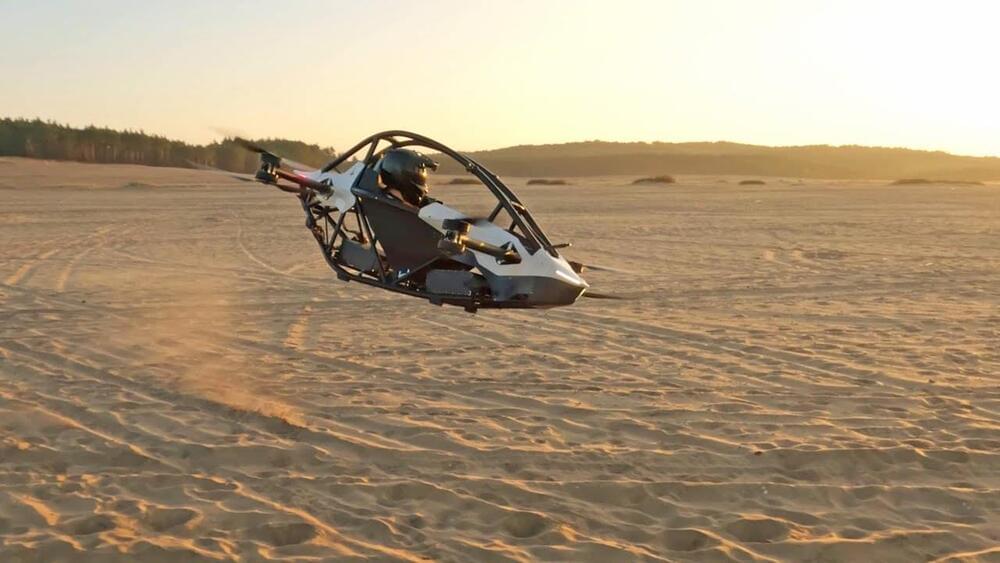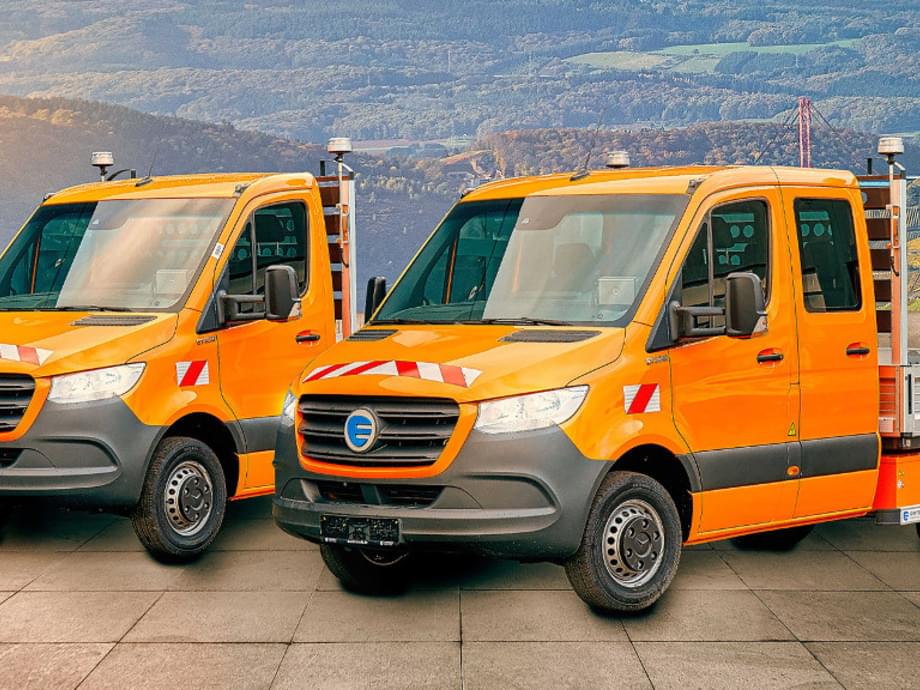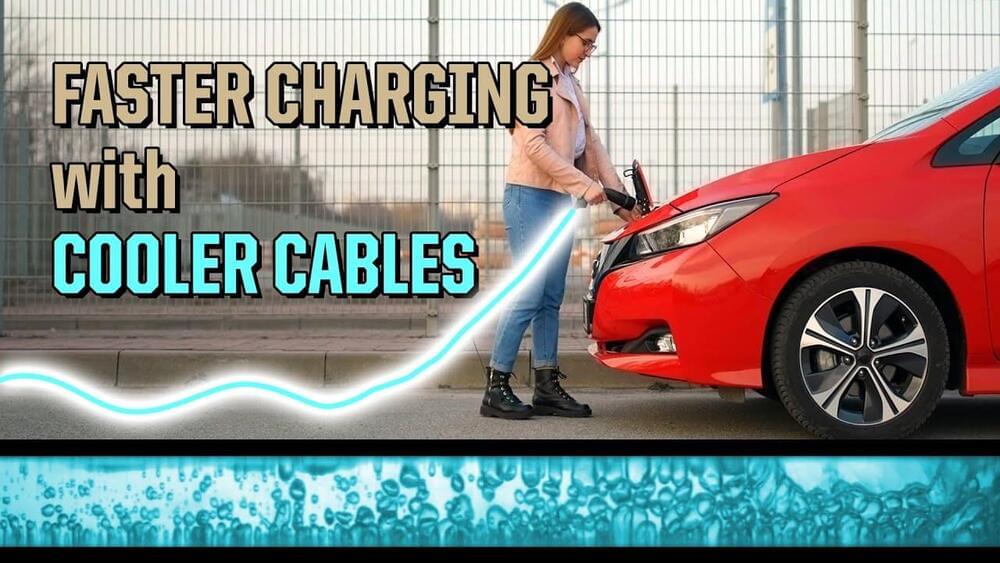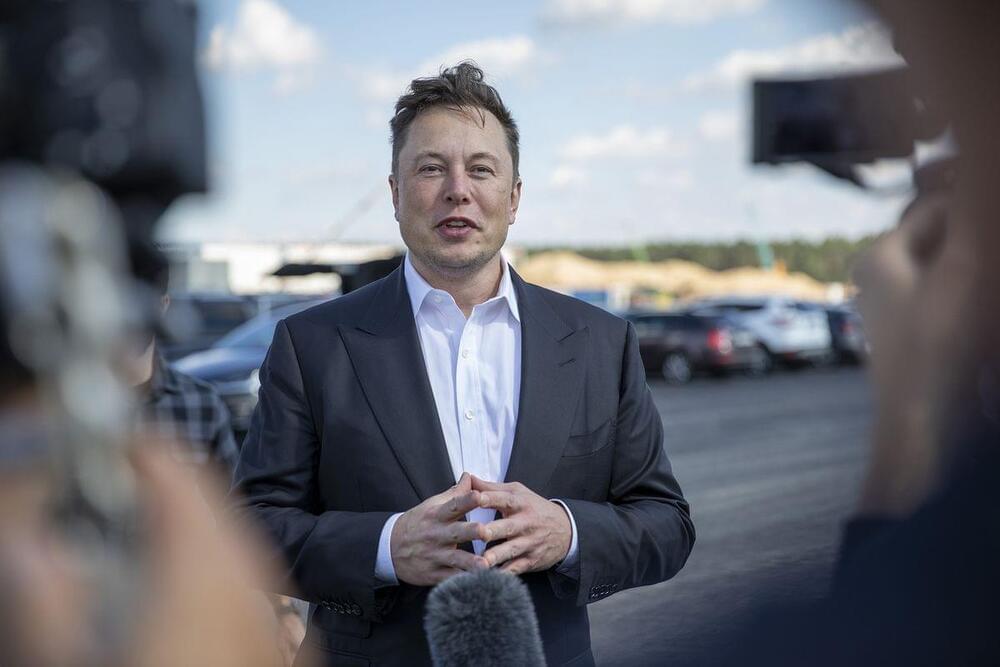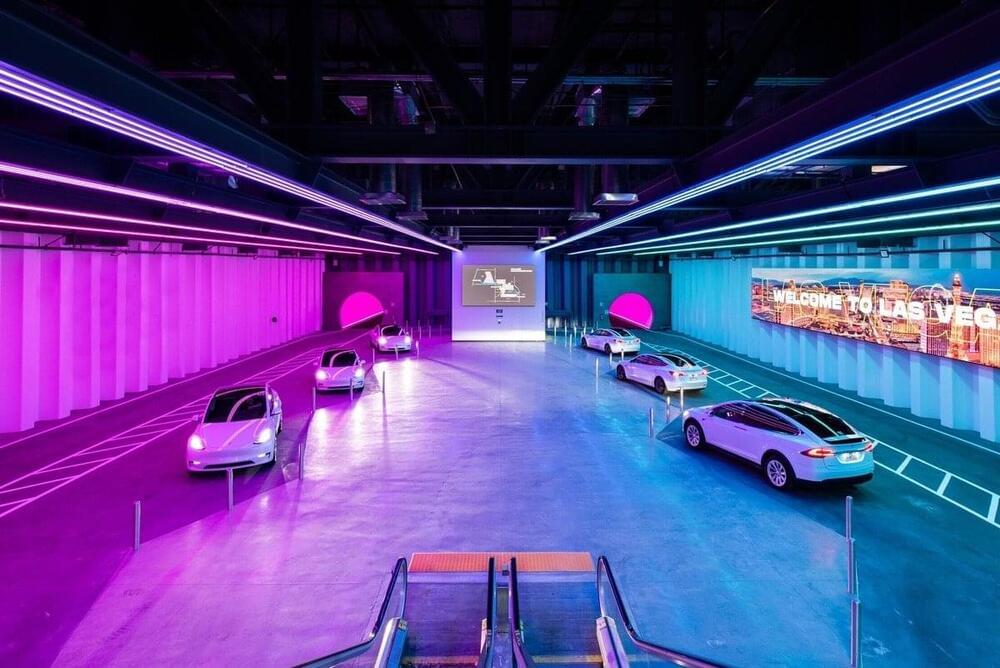REE Automotive has revealed Leopard, its autonomous concept vehicle based on a brand new ultra-modular EV platform design. The full-scale concept is intended for customers, including last-mile autonomous and electric delivery companies, delivery fleet operators, e-retailers, and technology companies seeking to build fully autonomous solutions.
Developed with leading global delivery and technology companies focused on autonomous delivery and Mobility as a Service (MaaS) fleets, the Leopard concept vehicle measures 3.4 meters in length and just 1.4 meters in width. It is built on a home-brewed platform that contains the batteries, along with REEcorner units, front-wheel-steer, rear-wheel-drive, steering, suspension, motor, gearbox, and braking components.
Leopard is powered by a 50 kWh battery of unspecified range and an undisclosed type of electric motor that provides a top speed of 60 mph (96 km/h). It has a cargo capacity of 180 cubic feet (5 cubic meters) and a gross vehicle weight rating of 2 tonnes (2.2 tons). The vehicle is also designed to carry significantly more cargo due to REE’s low, flat floor.
